Black Friday: A labour of love, a cinematic marvel…
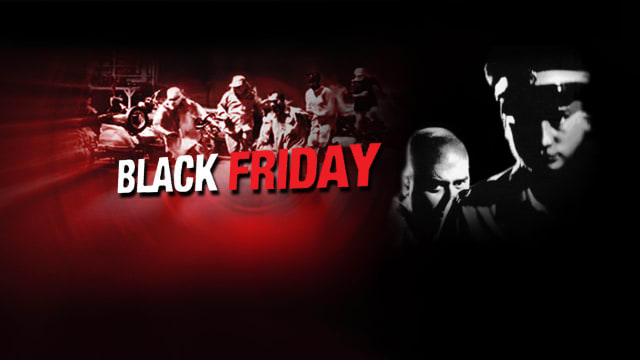
Certain movies are too fascinating to have just a review. Thoughts regarding them need to be expressed much more intricately. So, while putting out all my thoughts for 2007’s Black Friday I would break them down in three parts: The Background, The Movie Itself and The Effect.
Part 1: The Background
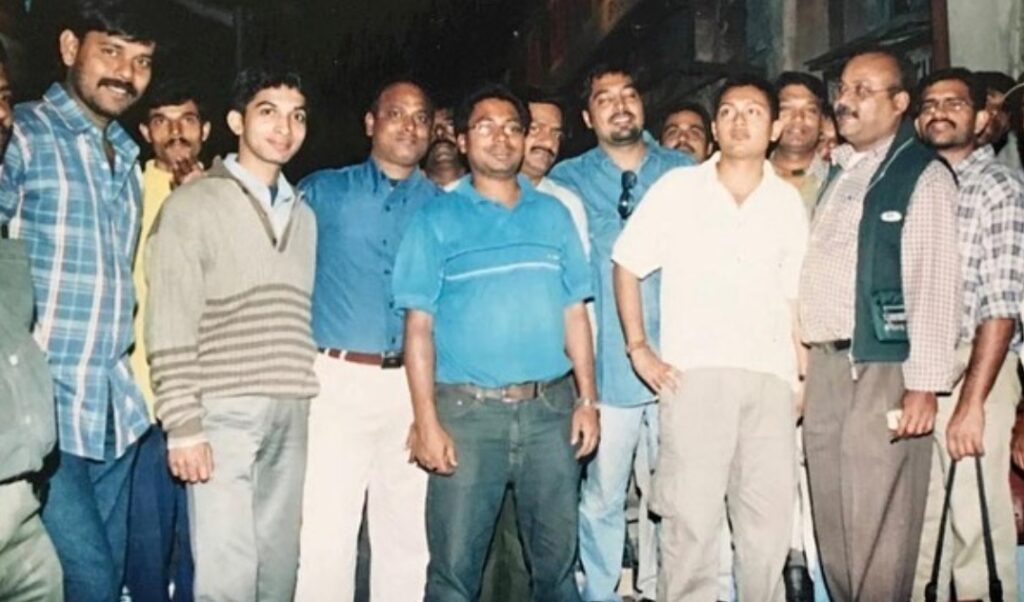
As movie buffs, cinéphiles we love it when movies differ from the norm, try to be more brave, or in one way or another, successfully achieve a higher purpose than just entertain the masses. But most times we’re totally unaware of the struggle, the hardships that the makers of such movies go through to bring forth such pieces of art. Black Friday was one such movie. It was very brave, very different for it’s time. At a time when the Hindi cinema industry (infamously called Bollywood) was still more into making a lot of safe fantasy stuff, no one could have imagined a gritty, realistic drama, which dared to use actual names of many powerful real life personalities, which was based on one of the most dreaded manmade calamities in the country could actually exist. It was the determination, the zeal of one young screenwriter turned director, the man himself, Anurag Kashyap that made a content such as this see the light of day back then. Off course, this daylight came after many delays, after many darker nights of uncertainties, after a lot of pain. This is the kind of movie, that had as much a fascinating story behind it’s making, as it’s own story line.
So at the beginning in the early 2000’s , this movie was actually supposed to be a 6-8 episode mini series for the channel Aaj Tak. It was supposed to be only written by Kashyap, was to be directed by Aditya Bhattacharya (of Raakh fame), was to be produced by Arindam Mitra and Aaj Tak. They were making an adaptation of S. Hussain Zaidi’s novel based on the 1993 Mumbai bomb blasts; the book had not yet been published back then. Seemed like a routine plan. Except that, when Aaj Tak people heard the script of the very first episode, they got scared, and backed out completely. But it so happened the writer, who by then had grown too inspired, too much in awe of the source material didn’t feel like quitting. He saw a feature length movie in it. He was adamant he saw something really good in the material. The other producer Arindam Mitra saw his determination and told him to write and direct it all by himself.
Once entrusted with the task Kashyap just set out to make it. Kashyap back then himself was not in his best phase. His directorial debut Paanch was held up by the censor board (that movie has till date not gotten an official release). His second movie Gulaal had been stalled. And he set out to make his third movie. As the man himself describes in many interviews, this movie was made with a minimal budget, almost one tenth of the cost it fairly needed. It was a product of sheer determination, and artistic thirst. But it was finally made. Back in early 2005, when the movie was finally set to release, almost on the eve of it’s release, it was stalled by the High Court. The reason being, the verdict on the 1993 blast case had not been out yet, and some people felt the movie would affect public opinion. Kashyap on his part took the matter to the Supreme Court too, but it was not of use. The makers had to just wait till the final verdict on the 1993 blasts were out. The movie was finally allowed to release officially on February 2007. But by then the movie had extensively leaked online and majority people had a pirated DVD copy of the movie. Making a movie on a high-profile real-life incident, involving real people, that too making it honest to what really happened is not easy. It comes at a big cost. Making a hagiography on a high profile, powerful person on the other hand is much easier. Kashyap has himself time and again said, he’d never make such a movie again.
Part 2: The Movie Itself
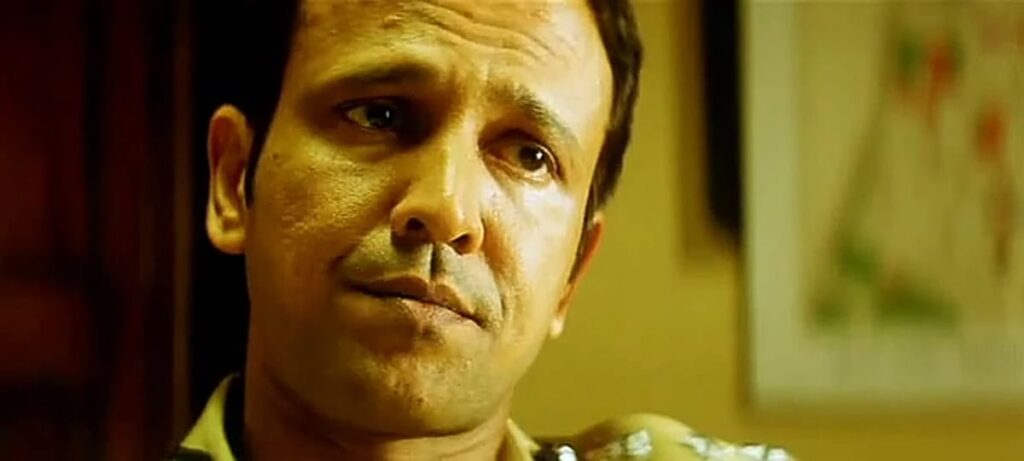
Unlike most movies which follow a three act structure, have very specific drawn out protagonists and antagonists Black Friday follows a different structure. It’s structured like a book with a prologue, chapters and an epilogue. But these chapters do not ape the exact same chapters in the book from which it’s based, these chapters are quite unique. Each chapter sees the same world from a different character’s perspective, with multiple protagonists and it all works perfectly within the realm of the movie. Not once do you feel you haven’t been told enough about whatever or whomever you are seeing.
The Bombay Stock Exchange Blast portrayed in the very beginning of the movie is probably the most heart wrenching portrayal of a calamity in a Hindi movie. It starts off very normally showing the road just outside the BSE with two eateries, a sandwich stall and a juice stall being the main focus. There are people walking in and out of the BSE building. The makers build up the early 90’s Bombay atmosphere to the fullest as you see only Maruti cars in the frames. What follows are sudden huge massive sounds followed by Black smoke clouds covering the screen. This whole scene is kind of observed from the lens of a juice stall worker. This is one of the more iconic scenes in the movie.
Later as the investigation on the blasts picks up we see the blasts from the investigator’s that is the police’s perspective. It’s here we meet one of the important characters of the movie DCP Rakesh Maria portrayed excellently by Kaykay Menon. When we first meet Rakesh Maria he is this somewhat of a young, not very experienced Cop who is in charge of cracking this huge, densely convoluted mountain of a case. But very early on, the movie assures us he is not a ruthless investigator. His soft, tender and conscious side is shown to us early on. The scene where Rakesh Maria while searching a suspect’s house finds some banana in the deep freeze, starts unpeeling it and just when he is about to snack on it, he notices an equally famished subordinate staring at him. He tells this subordinate that there is more banana in the deep freeze for him too. This same cop while trying to intimidate the very first suspect he’s picked up Asghar (played by Nawazuddin Siddiqui who was a much lesser known back then) speaks about his own lack of personal upkeep saying “Dekh Asghar subah se kuch khaya nahi hai, sar mein bohot dard hai, bhooka hoon, agar tu nahi bolega toh main bulwaunga” (See Asghar, I haven’t eaten anything since morning, I’m having a terrible headache, I’m hungry, you better start speaking or I’ll have to make you speak my way) He’s a careful guy who while instructing his men to make them investigate more thoroughly , tells them that none of them is going to go home till the perpetrators are caught also tells them to be careful as it is the holy month of Ramadan. He tells them to do whatever they want, just not hurt the religious sentiments of the people they’re scanning. Though Rakesh Maria is a guy with conscience, it’s not that he can’t harden up when needed. He is the same chief who allows his men to scare the suspects they’ve rounded up by threatening to cause harm to the women of their families. While giving interviews to a few journalists he defends the human rights violation accusation against him and his team saying “Yeh terrorist hai madam, kattarwaadi log hai. Third degree kya, ungliyaa kaat doon, muh nahi kholengey. Jab tak in log ko beizzat nahi kiya jaaye muh nahi kholengey. Humiliation sehen nahi kar paate yeh log, biwiyon ka, bachon ka, budhon ka” (These are terrorists Madam, hardcore extremists. Forget third degree torture, even if I cut off their fingers they won’t open their mouths. Until they’re not adequately ripped off their dignity, they just won’t open their mouth. The one thing that they cannot bear is humiliation. That of their wives, their children, their elderly). It’s this same Rakesh Maria who mouths one of the most iconic dialogues of the movie, while interrogating Badshah Khan. He counters Badshah’s radical extremist stance by taking up a more philosophical stance. He says “Allah kabhi begunahon ko nahi maarta. Har sache aadmi ke saath Allah hota hai. Unka bhi wohi Bhagwaan hota hai. Woh farak nahi karta hai. Farak tum log karte ho saalo.” (God doesn’t harm the innocent. Every true person has God by his side. We all have the same God. He does not differentiate. Idiots like you differentiate). He further says, “Har who aadmi jiske paas kuch nahi hai Karne ko woh Dharam ke naam par C*****a bante rahega” (Every person who doesn’t have anything better to do, will keep being a sucker in the name of religion). This line is much more relevant today.
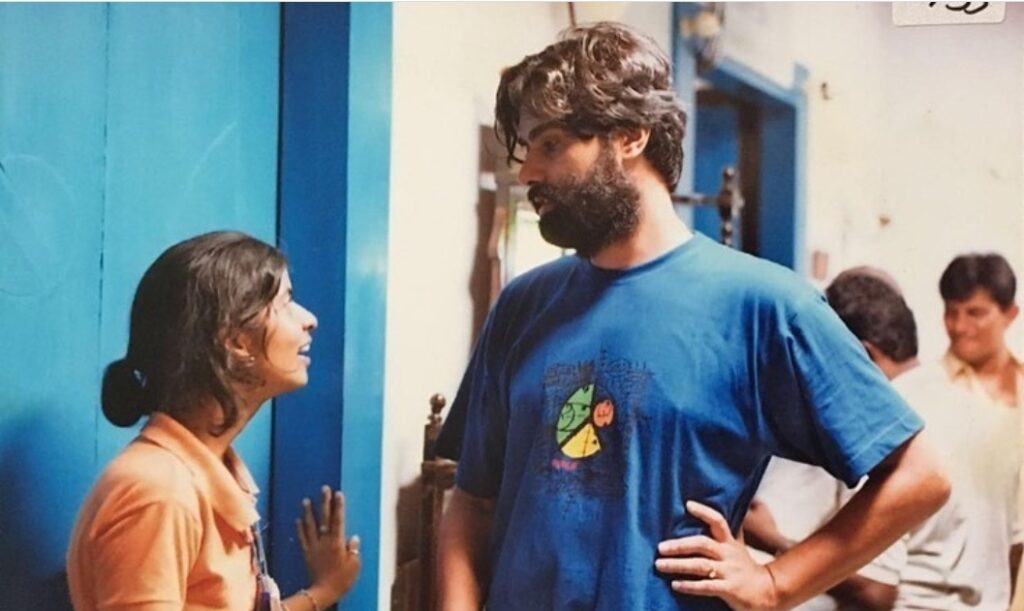
As the investigation proceeds, we see an extensive use of red filter especially in the torture scenes. Anurag Kashyap has many times said it was to hide the bloodshed, the gore all around. This red filter with close up shots during the interrogation scenes have become iconic for this movie. It’s also when during the interrogation when the execution of the blasts are being shown in flashback we do notice some routine actors from Anurag Kashyap’s other movies play the perpetrators; there’s Pankaj Jha (Jadwaal in Gulaal) play Anwar Theba the second in command to the kingpin Tiger Memon, the late Ashraf Ul Haq as Bashir Khan, Raj Singh Chaudhary (of Gulaal and Antardwand fame) as Mushtaq, Anurag Kashyap’s own younger brother Abhinav Kashyap (who would later on go on to direct Dabbang) as Parvez Sheikh, Arbaaz Ali Khan as Javed Chikna and off course Aditya Srivastav (Most famous for potraying Inspector Abhijeet in CID, and also a frequent collaborator with Anurag Kashyap in his older days) as Badshah Khan.
The segment of Badshah Khan being on the run is the emotional core of the movie. In a broader sense it shows just how the foot soldiers who carry out such destructive deeds are mere pawns. The main planners just manipulate such people who have a lot of pain and anguish to do their bidding while these privileged elites themselves just flee at the very first instant. As Badshah Khan is made to go from Native place to one city to another city, he is told that the passport which he trustingly handed over to his masters has been burnt, most of his fellow perpetrators have been caught and it’s just a matter of time for him. We see him in his anxiety, his fear, his solitude, his desire to have a female companion, all this while Indian Ocean’s “Bharam Bhaap Ke” plays out. Aditya Srivastav is just endearing to watch as he imbibes each and every transition of his character to the fullest.
The other main character in the movie is the Mastermind Tiger Memon. He too has a rather unconventional character arc. He goes from being this minimalistic boss who gets everything done through his men, from being a moderator of sorts, the guy who mediates peace between trigger happy local thugs, to a business minded smuggler who’s most interests are fueled by monetary gains to a ruthless and cruel enforcer whom no one would want to mess with to a just another hurt guy. The use of non linear narrative even though distorting his character arc, makes him seen with more objectivity, rather than with either sympathy or disdain. Also, the way Pawan Malhotra plays him is just so interesting. The local Mahim accent he sports referring to his superiors as “Bha” just grounds him much more in reality. The scene where as per the timeline Tiger Memon is meeting Badshah Khan for the first time and he calmly asks Khan “Kitne Hindu maarey?” (How many Hindus did you kill?) shows his matter-of-fact stance. Also it’s worth noting Tiger Memon gets a lot of eye close up shots and Pawan Malhotra aces his intense stares through his kohl lined eyes each time. The makers take care to project Tiger as both a perpetrator of a gruesome act as well as a being a product of mishaps himself.
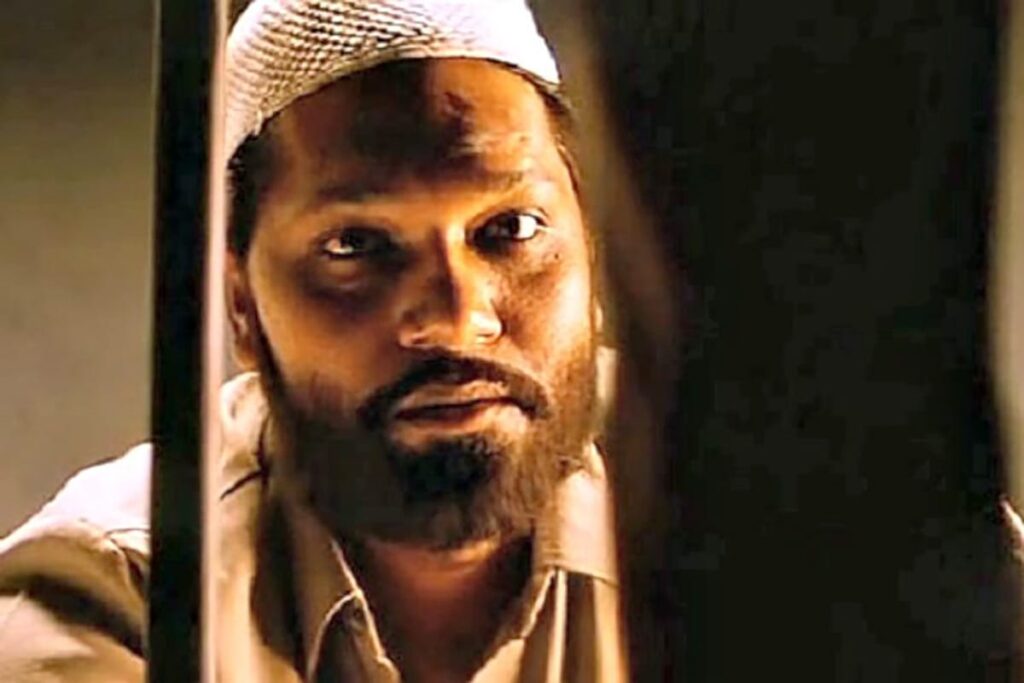
Gajraj Rao too has his moments as he plays the part bombastic, part clumsy local smuggled goods lander Daud Phanse. Till date I really haven’t understood why he out of so many actors/characters is on all the main posters of this movie. The scene where Phanse is at the Big Boss Daud Ibrahim’s place in Dubai and he is supposed to wait for the Supremo to turn up, the way his anxieties make him do some really clumsy stuff, the way he rehearses his greet to what he believes to be a mirror, completely unaware that it’s a see through glass on the other side and the mighty Supremo is actually watching him on the other side, and that he’s embarrassing himself without knowing, are some of the most funny scenes in the movie. Vijay Maurya as the biggest kingpin Daud Ibrahim is good too. Even if he’s there for a few scenes, the overall minimalistic portrayal he’s been given he still leaves a mark. Dibyendu Bhattacharya as Javed Chikna, a small-time thug who must endure to see his near and dear ones suffer for his wrong deeds is good too. Even Imtiaz Ali in his one interview scene as Yakub Memon is a delight to watch. It’s also good to see Murli Sharma as one of the cops under Rakesh Maria.
Though extreme methods of interrogation have been justified earlier in the movie there is a scene featuring extensive police brutality seen from the perspective of an educated, kind of law abiding, cleaner suspect Rajkumar Khurana (played by Bobby Parvez) which is shocking. It shows how one extreme act leads to a counter extreme act, forming a whole cycle.
Off course, it would be unjust to write about this movie without mentioning the Six minute, 18 seconds chase sequence which plays out from Mahim Koliwada to Bandra West to Bandra Talao to Bandra East to finally Dharavi. The suspect Imtiyaaz Gawaathe (played by Pranay Narayan) is on the run as around 7-8 cops including Murli Sharma’s character are trying to catch him. It’s fun to watch as this chase has moments of ease where both Imtiyaaz and his following cops are trying to rest, then they come close to one another, then Imtiyaaz starts sprinting again and the cops try to catch up. Imtiyaaz as a character comes across as naïve and submissive at times, the cops feel they can get him, until he slips away at the blink of an eyelid. This scene has a lot of dark comedy. I feel this is one of the best chase sequences in Hindi Cinema. This one scene has it’s own history which I shall elaborate on much later.
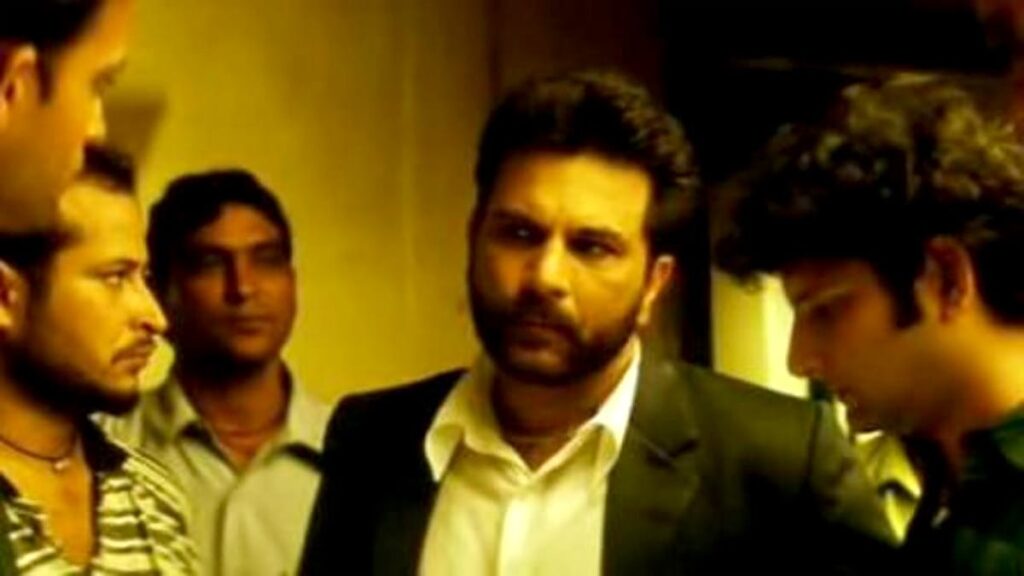
This is the kind of movie where each and every technical department is nothing less than brilliant and all the technical people need to be praised. To start with, the screenplay by Anurag Kashyap balances itself so well in managing the dramatic aspects as well as it’s relation to real life incidences. I have read the original source material, the book “Black Friday: The True Story of the Bombay Blasts” by S. Hussain Zaidi and I can only imagine how hard it would have been for a screenwriter to adapt it into a feature length film. Some other people deserve credit for the writing too including Devashish Makhija (He later directed Ajji) who was majorly involved in the scripting. Aparna Chaturvedi, Tushar Patel along with Makhija were involved with the script research, they have all done a remarkable job. The editing by Aarti Bajaj is great too. To piece together a story of a magnitude so large, that too using footage from actual interviews, documentaries along with shot footages can be anything but easy. Bajaj herself regards working on this movie as a big learning experience. The cinematography for such kind of a movie shot in actual locations of incidents, with a guerrilla crew, with such elaborate tracking shots couldn’t be more demanding. N. Nataraja Subramanian has done a superb job. Among all the unconventional choices made for this movie, one was to have an indie fusion band do both song composition as well as background score composition. Indian Ocean has done is great job here. Whether it be the capturing the futility of war and hate in “Bharam Bhaap ke” or capturing the fastidiousness of the Chase score, or getting the philosophical high of the very famous “Arre ruk jaa re Bandeh”, the combination of Indian Ocean’s music and Piyush Mishra’s lyrics gives the movie the exact sound it needed. Last but definitely not the least the direction deserves a mention. It’s not easy to make viewers engrossed while shifting focus to so many different settings and characters, to make all of it feel like part of the same narrative. I would like to credit the assistant directors Sanjay Maurya, Rajkumar Gupta, Naveen Bajaj, Kshipra Jain, Neel Guha, Aparna Chaturvedi, Raj Singh Chaudhary, Gautam Kishanchandani, and Devashish Makhija along with the main director.
Not so much a flaw about the movie, but I am a bit disappointed that the version of Black Friday available widely on Streaming platforms is not the digitally restored one. Mostly only the camera print version is available. Such a movie needs to be seen on a digitally restored version.
Part 3: The Effect

There is not much chest thumping about the passive but consistent effect this movie had in general, by the mainstream media, but the effect is quite notable. As I had earlier said the Chase sequence from Black Friday has a history of it’s own. Danny Boyle watched this movie before making Slumdog Millionaire. He has praised the Chase sequence and paid a homage to it the beginning of Slumdog Millionaire. The associate director of Black Friday, Rajkumar Gupta too replicated a similar chase scene in real locations of Mumbai in his debut movie Aamir which came out a year later in 2008. Three years later in 2011, another movie produced by Anurag Kashyap himself Shaitaan had a similar chase scene. Soon Anurag Kashyap’s style of cinema came to be associated with chase scenes filmed in real locations with elaborate tracking shots. His style of Cinema is known to have many other traits too.
One of the other aspects of Black Friday that surprised a majority of viewers was characters being called the exact same names as their real life counterparts. A few filmmakers later claimed to be making movies using exact real-life names of gangsters but eventually changed it by the time of release, letting Black Friday retain it’s novelty.
Very unfortunately the mid 2000’s was a time when Mumbai was still a soft target to frequent terror attacks; on 11th July 2006 the Mumbai train bombings had occurred, just two years later, from 26th November 2008 to 29th November 2008, the Mumbai Terror attacks took place. So, terrorism was a hot topic of discussion and debate. Popular culture especially Bollywood was finally beginning to wake up to it and acknowledging the fact that Terrorism was a real problem. Hindi Cinema was finally incorporating the effects of terrorism on the lives of ordinary people. In 2008-2009 there were quite a few movies which focused on this theme. Many of the better and more successful movies of this time including Mumbai Meri Jaan and Aamir had a strong influence of Black Friday in them.
I would like to conclude by saying that; for me, Black Friday was the movie that got me seriously interested in Cinema; it got me invested in the entire craft. It’s nothing less than a Masterpiece. I hope people keep remembering and talking about this movie for many more years to come.


